Constance Guisset offers a personal, theatrical glimpse into her decade-long career

Wearing two professional hats as a designer and scenographer, Constance Guisset had, to some degree, an advantage in preparing her solo show at Le Musée des Arts Décoratifs; knowing the subject as well as anyone, she could present her objects and her creative process with extra touches of whimsy and introspection.
A decade into her prolific career, Guisset has resisted a retrospective staging, instead organising her carte blanche invitation as two corresponding parts. For the first, titled ‘Museum Life’, she interspersed a selection of her streamlined, liveable designs throughout the museum’s permanent collection of medieval artifacts. As one example, the oversized ‘Trois Conversations’ statement seating with its dégradé red to yellow canopy is surrounded by circa-1500s polychrome sculpture. As another, her ‘Sol’ armchair for Molteni & C, her tableware conceived for Monoprix earlier this year, and her cape-like lamps for Moustache recast a carved wood Renaissance table with 21st century flair.
‘When you put your things in a collection, you introduce a counterpoint and I’m playing with that,’ she explains during a walkthrough with us. Playing indeed, seeing as how, in several scenarios, she has given voices to the inanimate objects. In the room that ‘Plume’, her new modular bed for Cyrillus, shares with an oak-framed canopy bed, a recorded conversation imagines them as Millennial nephew chatting with a wizened uncle. ‘The typology is almost the same,’ she explains of the beds. ‘I find it really interesting to be integrated through the dialogue – and then there’s the pleasure of looking, too.’
As visitors enter into the second part, ‘The Life of Design’, they pass through a darkened room colonised with white ‘Vertigo’ hanging lamps, arguably her most recognisable creation. Here, the bulbs have been removed, and spotlights emphasise their airy spokes and undulating shape. They’ve been suspended lower than usual and twirl without effort so that they appear theatrical – animated in a different sense. On the walls are algebraic formulae produced by Laurent Derobert, an ‘existential mathematician’, that apparently represent abstract states of movement and order (fittingly, one of them is labeled Inconstance).

Canova’ plate, 2017, by Constance Guisset, for Moustache
It’s worth pointing out that Guisset chose ‘Actio!’ as the name of the show, which as a Latin noun, is the origin of action. By this token, each room reflects a thematic verb accompanied by a free-verse poem, establishing a more conceptual, interpretative approach than usual. ‘Take Flight’ includes her travel kit for Louis Vuitton’s Objets Nomades series (2012) and her propeller-style jewellery in collaboration with Arteum and Galerie MiniMasterpiece; whereas ‘Seduce’ features ‘Apollo’, a beautiful lamp prototype that conjures up a lunar surface in plaster, in addition to edited furniture designs that showcase her way with curvy forms.
Those who often associate Guisset’s style with a liberal use of vibrant hues – in 2012, she received the Wallpaper* Design Award for ‘Best Use of Colour’ – might be surprised to discover the extent to which this is downplayed. She insists she wasn’t about refuting that reputation so much as signalling how it is situation specific. As proof, her premise for ‘Live’ involves two identically furnished spaces, whereby one is in colour and the other is greyscale. Both radiate different personalities yet they are equally inviting. For Guisset, this underscores the fluid, adaptive nature of her work. ‘I think we are always both... I have no taboos with colour, so people think I’m crazy about yellow and pink together, but it’s not definitive for me. I’m really open,’ she says, noting that her Paris apartment leans more neutral. ‘I don’t think you’re the same person the whole day; or the same person here as elsewhere; or all either feminine or masculine. I’m just saying that and colour changes the perception of the objects.’
Still, it’s possible to glimpse the designer in her most personal state within ‘Breathe’, a room that encompasses an inspiration wall revealing seedlings of ideas, or as she puts it, ‘interactions, ramifications, osmosis, connections’. This is also where she has placed ‘Leviosa’, a lamp that took a decade to complete on account of a levitating electric magnet ‘satellite’ that functions as a switch.
With an ever-present soundtrack generating a deep hum of chords punctuated by squeaky strings, the immersive ambiance conjured by Guisset lives up to her desire for something simultaneously cinematic and pedagogic. ‘I thought of it as a film where you could travel inside,’ she said, following up later with the thought: ‘I think it’s very important to transmit. It’s not just a way to look at yourself.’
But if delving into her universe is best experienced first-hand, those unable to see the show can still appreciate her sensitivity from afar. As we stood in 'Set Loose', within sight of ‘Cumulus’, her cloud-shaped essential oil diffuser and ‘Francis’, a familiar circular mirror with its watercolour accents, Guisset arrived at her point of differentiation. ‘I think we need empathetic objects and most of mine are,’ she said. ‘I consider that objects should be nice to people; and we need objects that are nice to us because the world is tough.’

The reception area at Suite Novotel’s The Hague, 2015
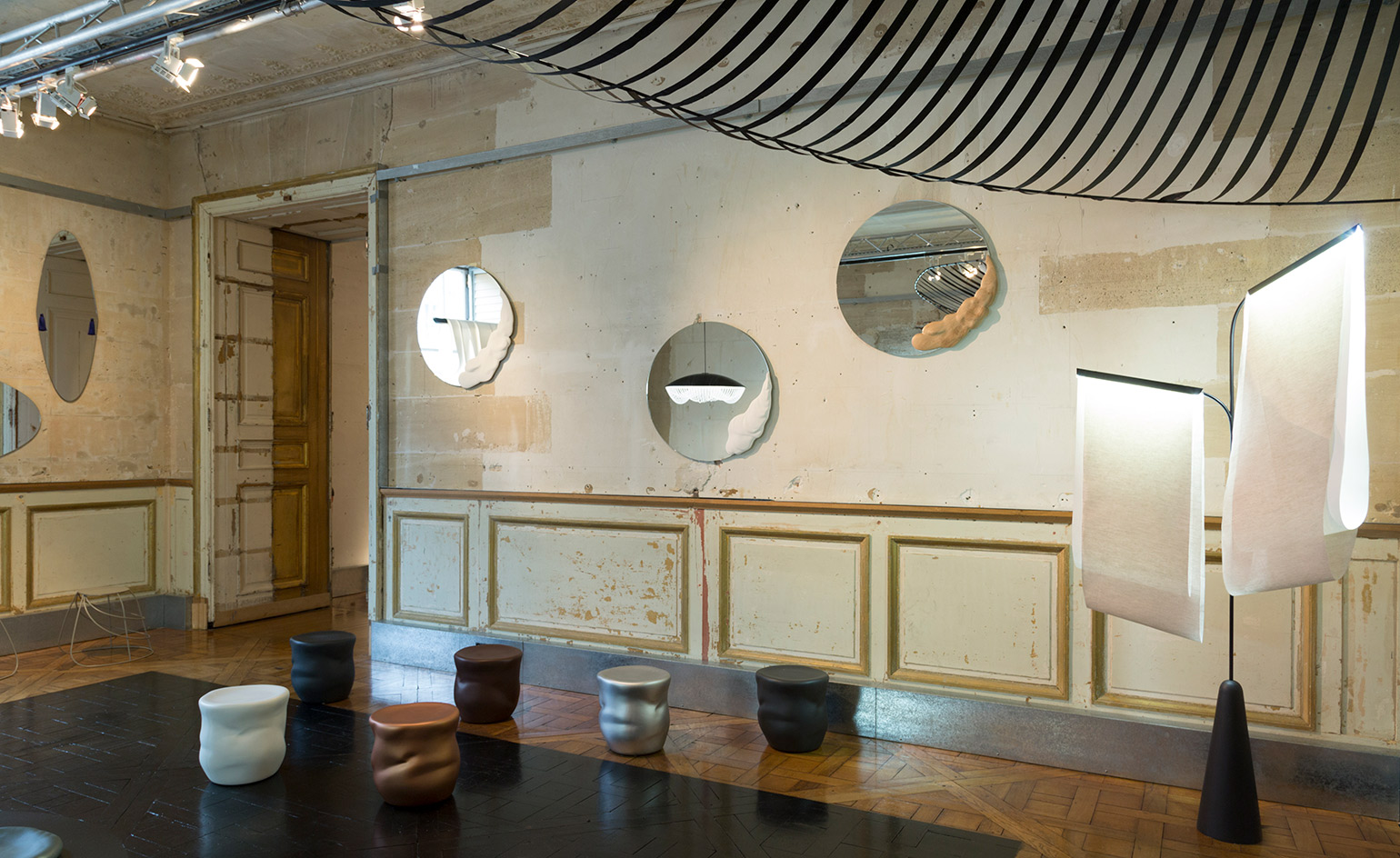
Entitled ’Actio!’, the show consists of a variety of rooms that reflect a thematic verb accompanied by a free-verse poem. © Constance Guisset Studio
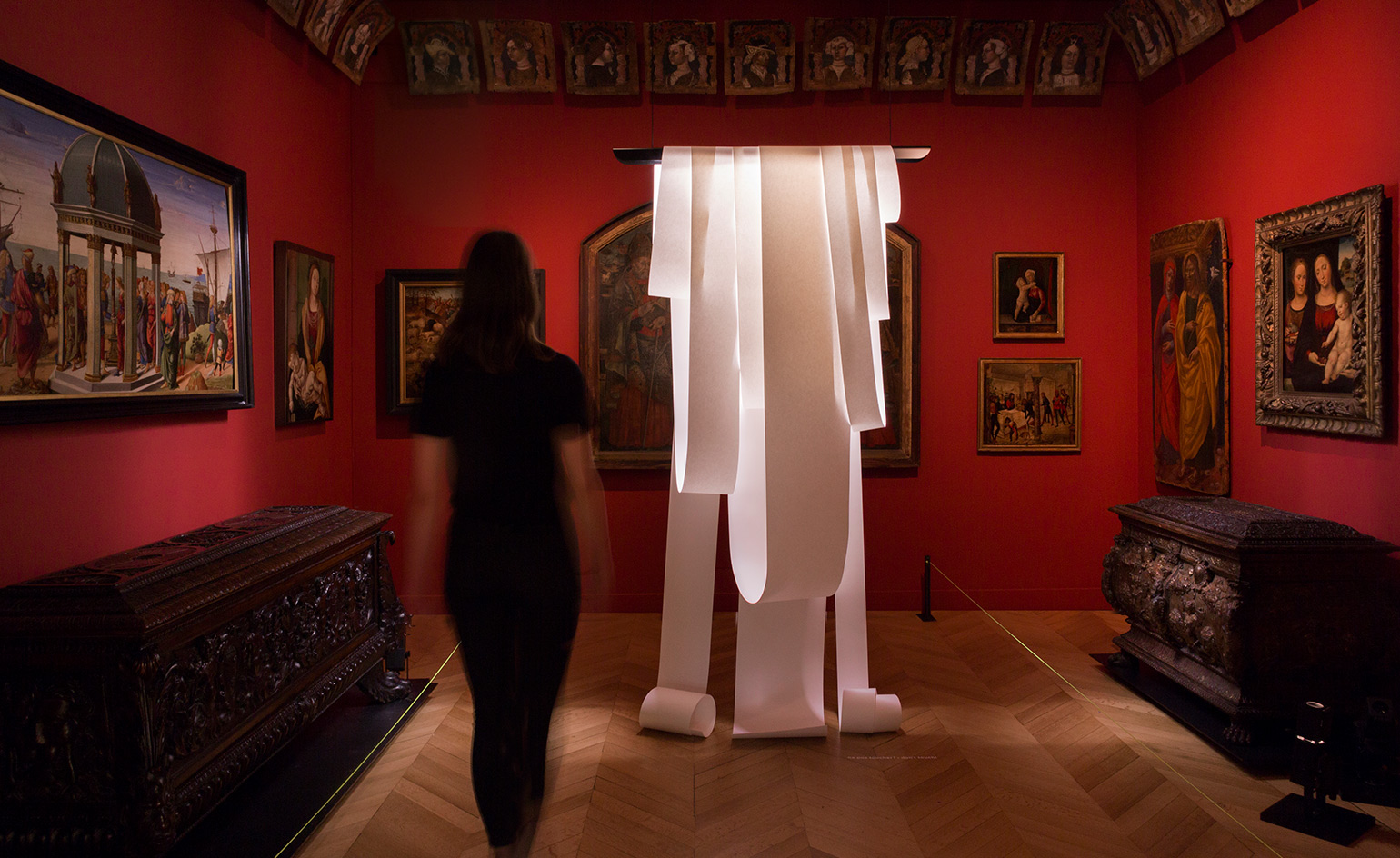
’Angelin’ light from 2009 on view at Musée des Arts Décoratifs. © Constance Guisset Studio

’Trois Conversations’ sits alongside circa-1500s polychrome sculpture as part of ’Museum Life.’ © Constance Guisset Studio

’Zacatecas,’ 2016 and ’Apollo,’ 2017

Trois Conversations’, installation by Constance Guisset, 2014 at Palais de Tokyo

The room ’Breathe’ features an inspiration wall, revealing Guisset’s seedlings of ideas. © Constance Guisset Studio
INFORMATION
‘Actio!’ is on view until 11 March 2018. For more information, visit the Musée des Arts Décoratifs website
ADDRESS
Musée des Arts Décoratifs
107 Rue de Rivoli
75001 Paris
Receive our daily digest of inspiration, escapism and design stories from around the world direct to your inbox.
-
 Roland and Karimoku expand their range of handcrafted Kiyola digital pianos
Roland and Karimoku expand their range of handcrafted Kiyola digital pianosThe new Roland KF-20 and KF-25 are the latest exquisitely crafted digital pianos from Roland, fusing traditional furniture-making methods with high-tech sound
-
 Fulham FC’s new Riverside Stand by Populous reshapes the match-day experience and beyond
Fulham FC’s new Riverside Stand by Populous reshapes the match-day experience and beyondPopulous has transformed Fulham FC’s image with a glamorous new stand, part of its mission to create the next generation of entertainment architecture, from London to Rome and Riyadh
-
 A contemporary Mexican hotel emerges from a 16th-century ruin in Mérida
A contemporary Mexican hotel emerges from a 16th-century ruin in MéridaA renovation project by Zeller & Moye, Mérida’s new Hotel Sevilla wears its architectural interventions lightly, mixing new brutalist elements into listed interiors and a palm-filled courtyard
-
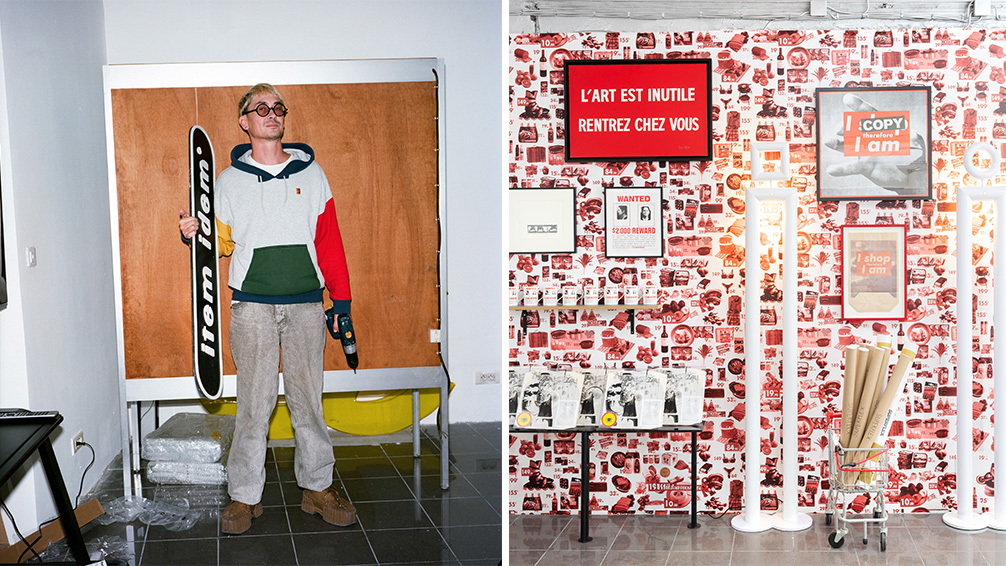 Is this Paris' most design-focused holiday shop?
Is this Paris' most design-focused holiday shop?Shop weird and wonderful design and fashion at this playful, postmodern exhibition from Item Idem, where commerce, culture and humour intersect
-
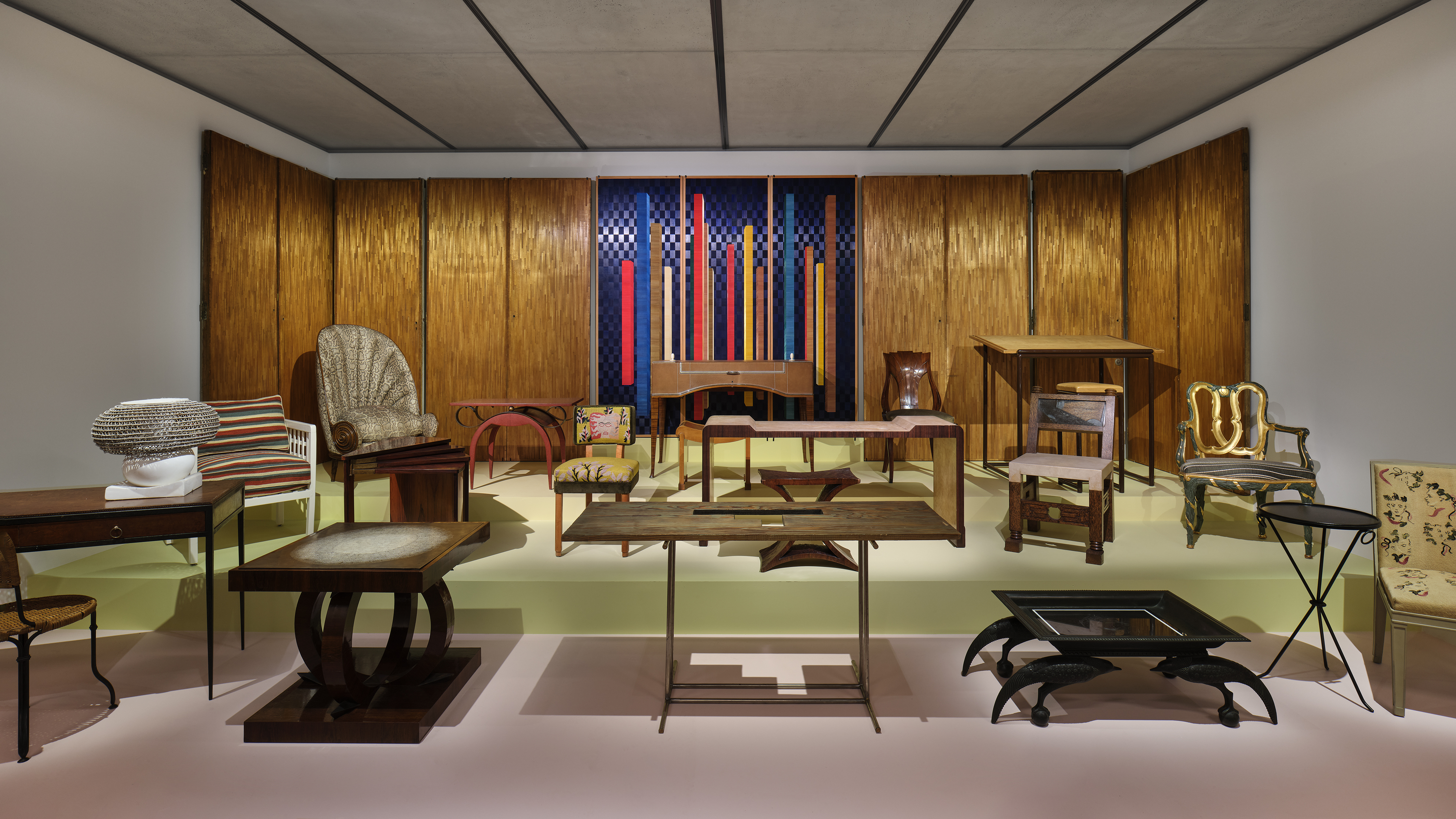 Art Deco's centenary is honoured with a grand exhibition in Paris
Art Deco's centenary is honoured with a grand exhibition in ParisTo mark 100 years of Art Deco, the Musée des Arts Décoratifs in Paris is holding a retrospective that includes furniture, tableware, clothing, jewellery and objets d’art (on view until 26 April 2026)
-
 Best of Design Miami Paris 2025: animal sculptures and musical ping-pong tables
Best of Design Miami Paris 2025: animal sculptures and musical ping-pong tablesDesign Miami Paris returns to the Hôtel de Maisons (until 26 October 2025): here are the Wallpaper* highlights
-
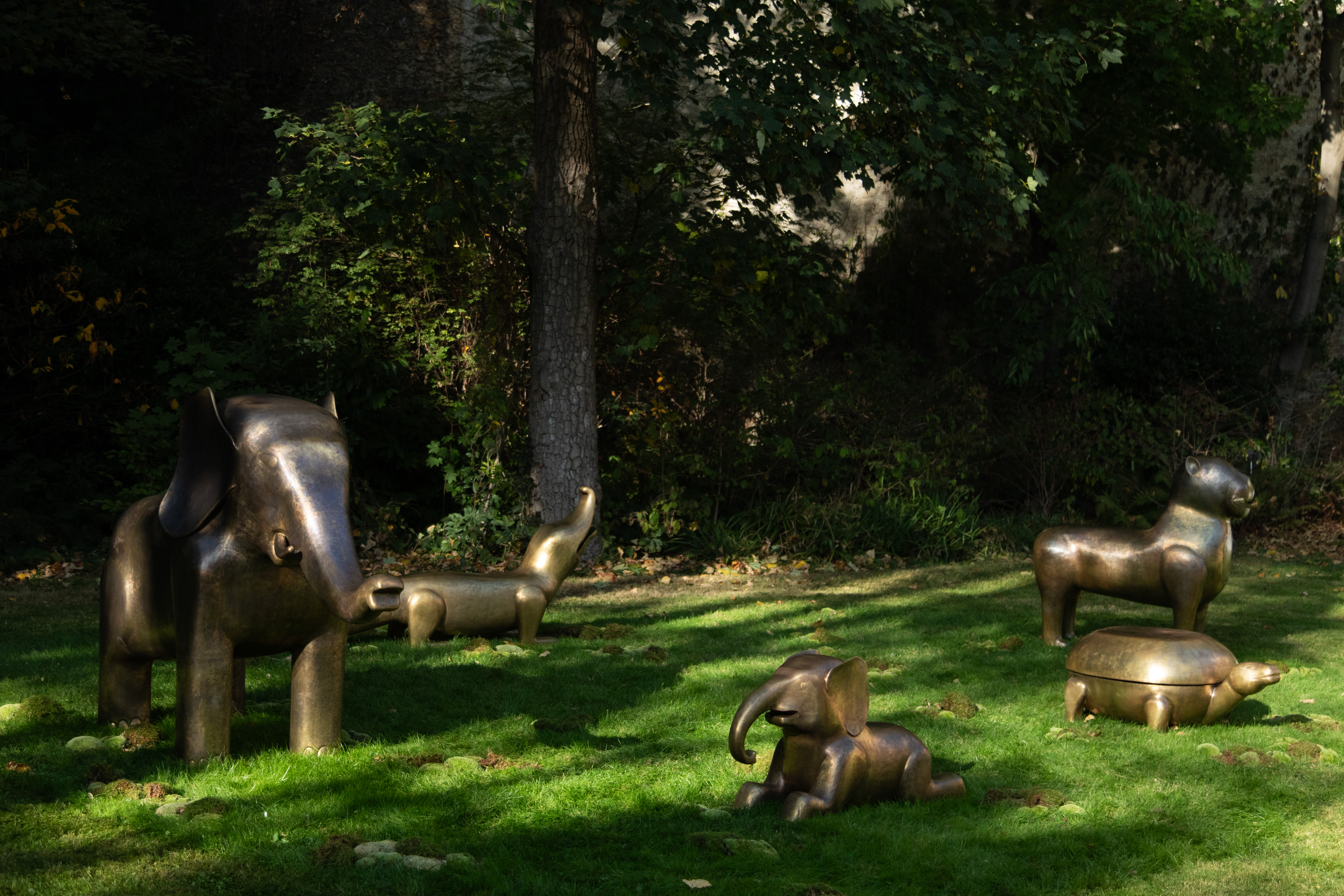 At Design Miami Paris, an artful menagerie tells a story of scent and nature
At Design Miami Paris, an artful menagerie tells a story of scent and natureVikram Goyal and Sissel Tolaas present ‘The Soul Garden’ at Design Miami Paris (until 26 October 2025), ‘a contemporary fable where the animals take new forms, reimagined for the world we live in today’
-
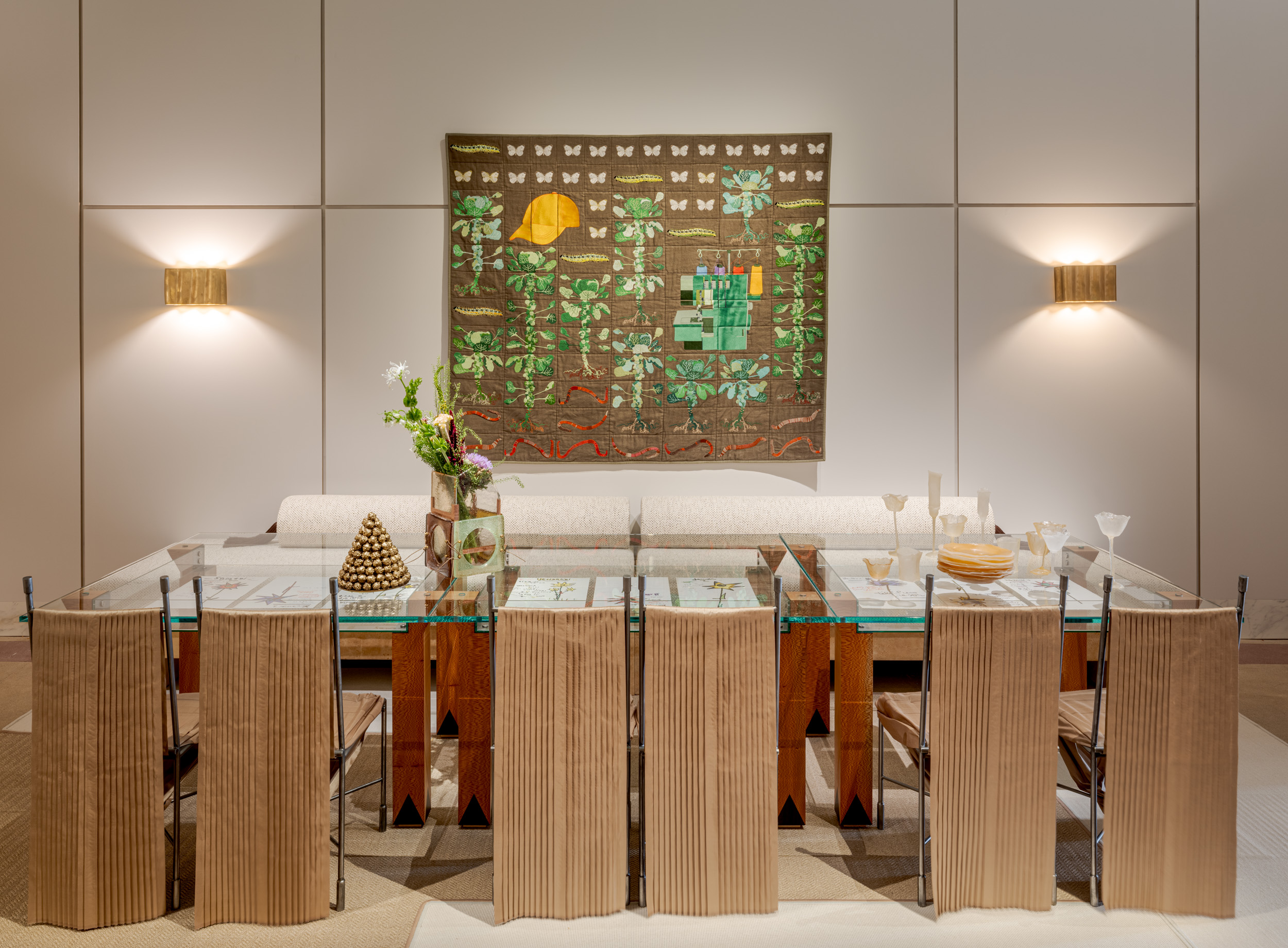 These are the best design exhibitions to see in Paris this week
These are the best design exhibitions to see in Paris this weekAs Design Miami Paris and Art Basel Paris make their return, we round up the best design exhibitions to discover in the city
-
 A monumental exhibition of French design revives the spirit of art deco for contemporary times
A monumental exhibition of French design revives the spirit of art deco for contemporary timesThe Galerie des Gobelins hosts the inaugural Salon des Nouveaux Ensembliers, a contemporary movement inspired by art deco’s grand traditions
-
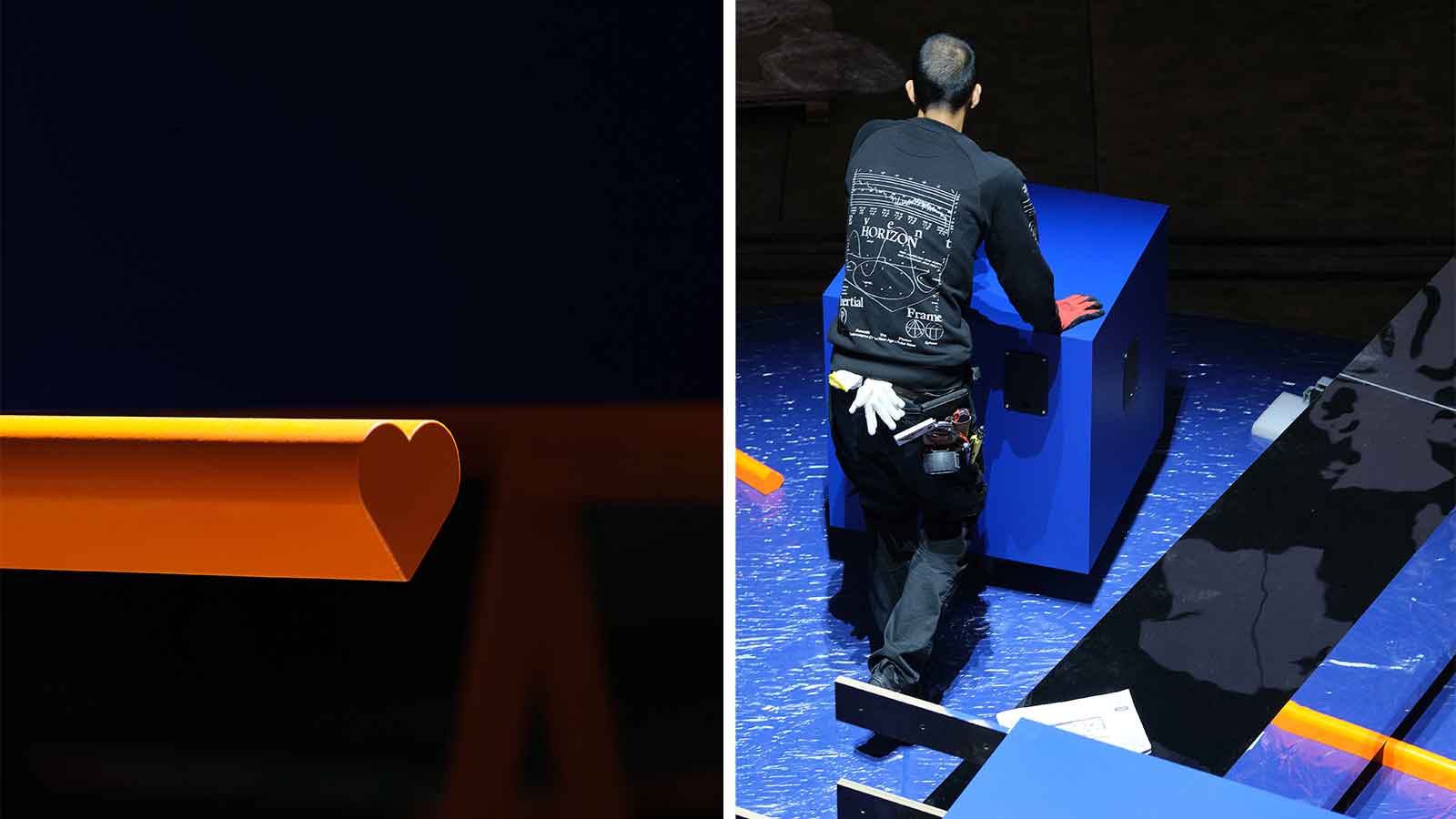 ‘The club is the place where everything is possible’: this Paris Design Week exhibition is conceived as a disco
‘The club is the place where everything is possible’: this Paris Design Week exhibition is conceived as a disco‘Design Disco Club’, curated by Christopher Dessus during Paris Design Week 2025, presents 30 emerging designers in a dark, disco-like environment
-
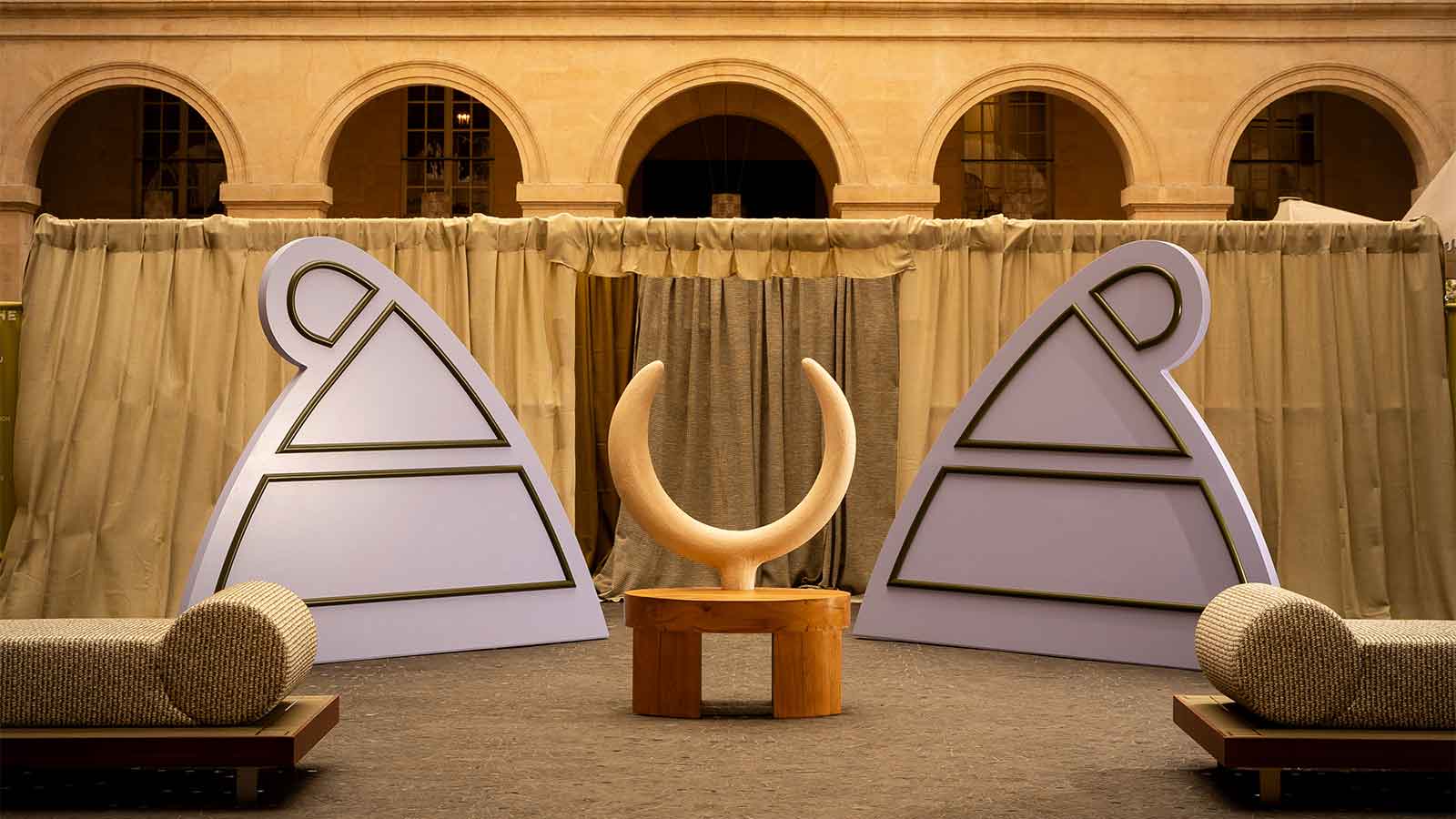 Postcard from Paris Design Week 2025
Postcard from Paris Design Week 2025As the French capital inaugurates the autumn design calendar, we look at the highlights from Paris Design Week 2025 (4-13 September)